The tradition of serving Christmas ham in Sweden is as deeply rooted as the snow-covered pines that dot its winter landscape. At the heart of this culinary custom lies the iconic sugar-glazed crust, a golden, caramelized masterpiece that transforms the humble ham into the centerpiece of the julbord, the Swedish Christmas smorgasbord. The glaze, with its delicate balance of sweetness and spice, is more than just a finishing touch—it’s a symbol of celebration, a nod to history, and a testament to the artistry of Swedish holiday cooking.
To understand the significance of the sugar glaze, one must first appreciate the role of Christmas ham in Swedish culture. The dish dates back centuries, with origins tied to pagan winter solstice feasts where pork was sacrificed to honor the Norse god Freyr. Over time, as Christianity spread, the tradition evolved, and the ham became a staple of Christmas celebrations. The sugar glaze, however, is a relatively modern addition, emerging in the 19th century when sugar became more accessible to the general population. What began as a simple sweetening agent soon blossomed into an elaborate ritual, with families guarding their unique recipes like cherished heirlooms.
The process of creating the perfect glaze is a labor of love, often beginning days before the ham is served. A typical recipe calls for a mixture of breadcrumbs, mustard, eggs, and, of course, sugar—usually a combination of granulated and brown sugar for depth of flavor. Some variations include a splash of vinegar or beer to cut through the sweetness, while others incorporate spices like cloves, allspice, or ginger for warmth. The ham is first boiled or baked until tender, then carefully scored in a diamond pattern to allow the glaze to seep into the meat. The sugary mixture is applied in layers, each one caramelizing under the broiler or in the oven until the exterior shimmers like amber.
What makes the Swedish sugar glaze distinct is its texture—a crisp, almost glass-like shell that crackles under the knife, giving way to succulent, smoky meat beneath. This contrast is no accident; it’s the result of precise timing and temperature control. Too little heat, and the glaze remains sticky and pale. Too much, and it burns, turning bitter. Achieving the perfect balance requires patience and practice, qualities that Swedes have honed over generations. Many home cooks still rely on the "knäck test"—a term borrowed from candy-making—to determine when the glaze has reached the ideal consistency. If it hardens instantly when dripped into cold water, it’s ready.
Beyond its culinary appeal, the sugar-glazed ham carries cultural weight. In a country where winter nights are long and dark, the glistening ham serves as a beacon of light and abundance. It’s a dish meant to be shared, often sliced thinly and arranged on platters alongside pickled herring, cured salmon, and an array of cheeses. The leftovers, if any, are repurposed into sandwiches or soups, ensuring nothing goes to waste. For Swedes living abroad, the taste of sugar-glazed ham can evoke powerful memories of home, a reminder of family gatherings and the comforting rhythms of holiday traditions.
In recent years, the sugar glaze has also become a canvas for innovation. Contemporary chefs experiment with unconventional ingredients like lingonberry syrup, aquavit, or even espresso, pushing the boundaries of tradition while respecting its essence. Food historians, meanwhile, have delved into regional variations, uncovering forgotten recipes that highlight the diversity of Swedish cuisine. Yet, despite these modern twists, the core appeal of the glaze remains unchanged: it’s a celebration of simplicity, a few humble ingredients transformed into something extraordinary.
As Christmas approaches each year, kitchens across Sweden fill with the scent of baking ham and caramelizing sugar. For many, the act of preparing the glaze is as much a part of the holiday as decorating the tree or singing carols. It’s a ritual that connects the present to the past, a sweet, sticky thread woven through the fabric of Swedish culture. And when the ham is finally brought to the table, its crust glowing under the candlelight, it’s not just a dish—it’s a story, a symbol, and most of all, a gift.
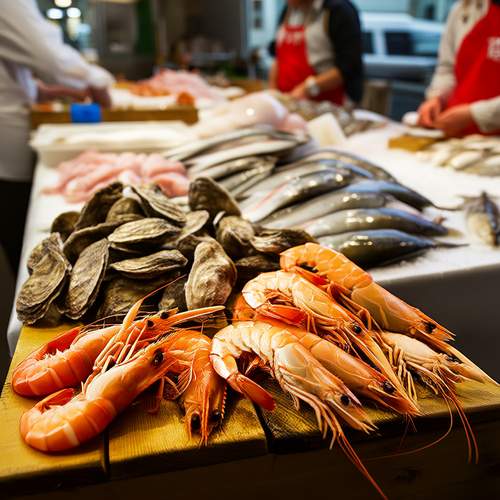
By /May 26, 2025
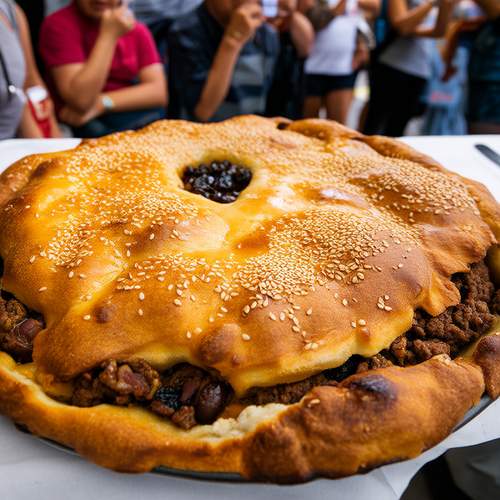
By /May 26, 2025
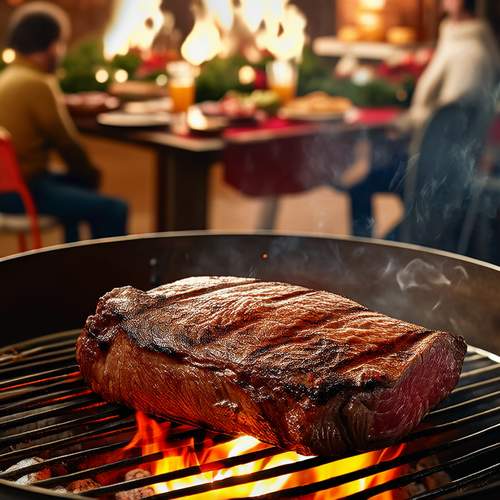
By /May 26, 2025
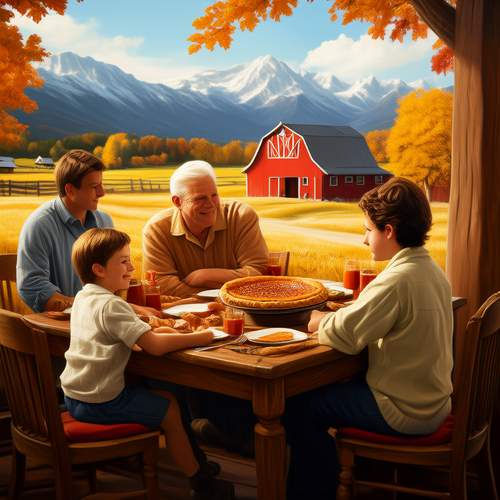
By /May 26, 2025

By /May 26, 2025
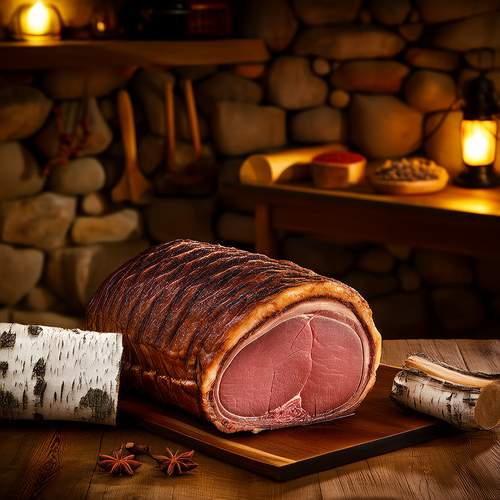
By /May 26, 2025

By /May 26, 2025

By /May 26, 2025
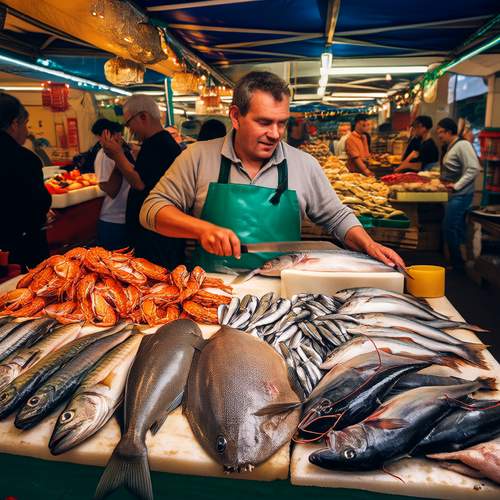
By /May 26, 2025
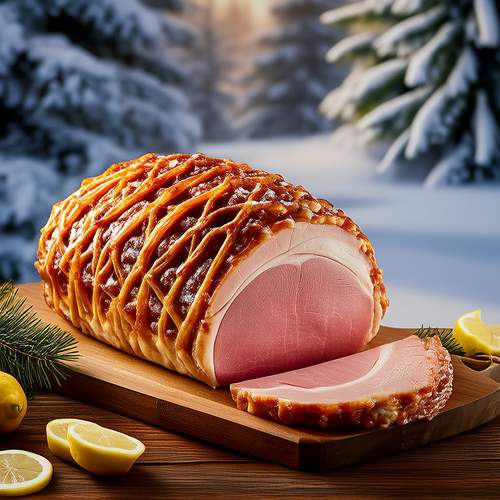
By /May 26, 2025
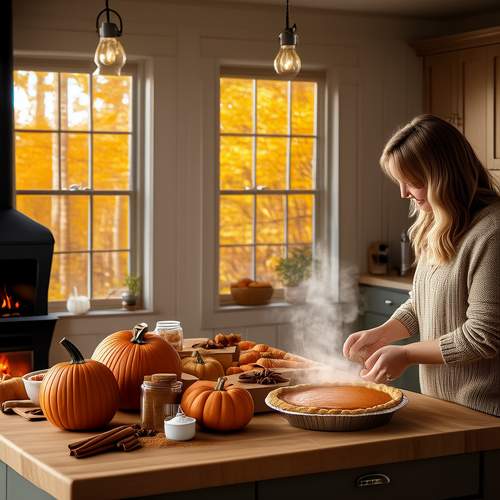
By /May 26, 2025
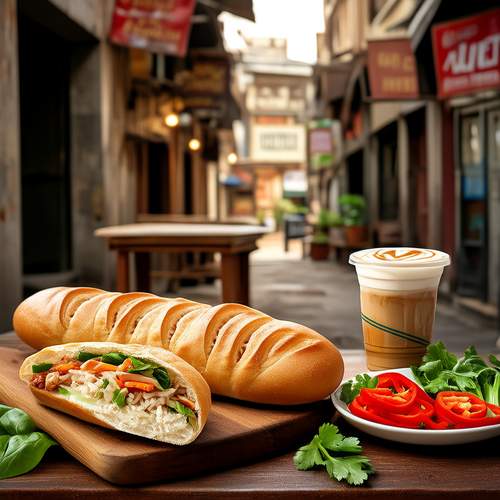
By /May 26, 2025
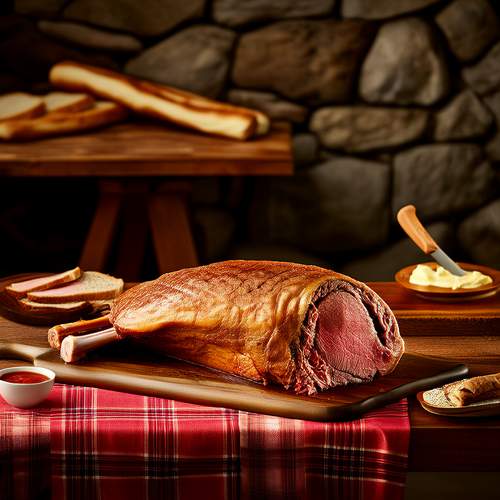
By /May 26, 2025
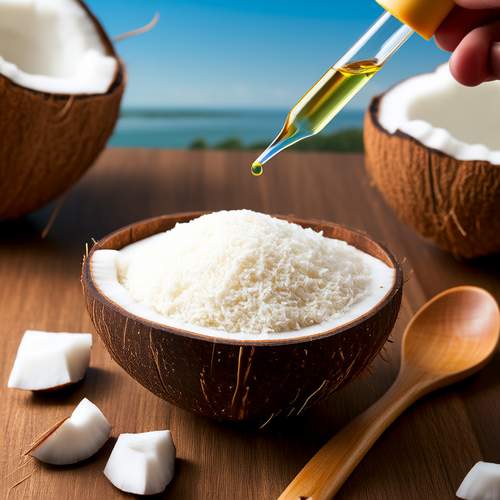
By /May 26, 2025
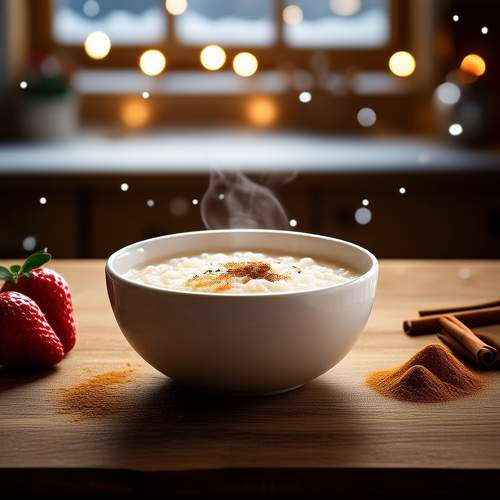
By /May 26, 2025

By /May 26, 2025
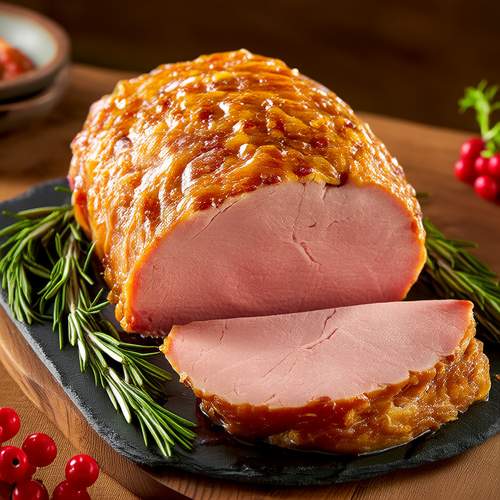
By /May 26, 2025